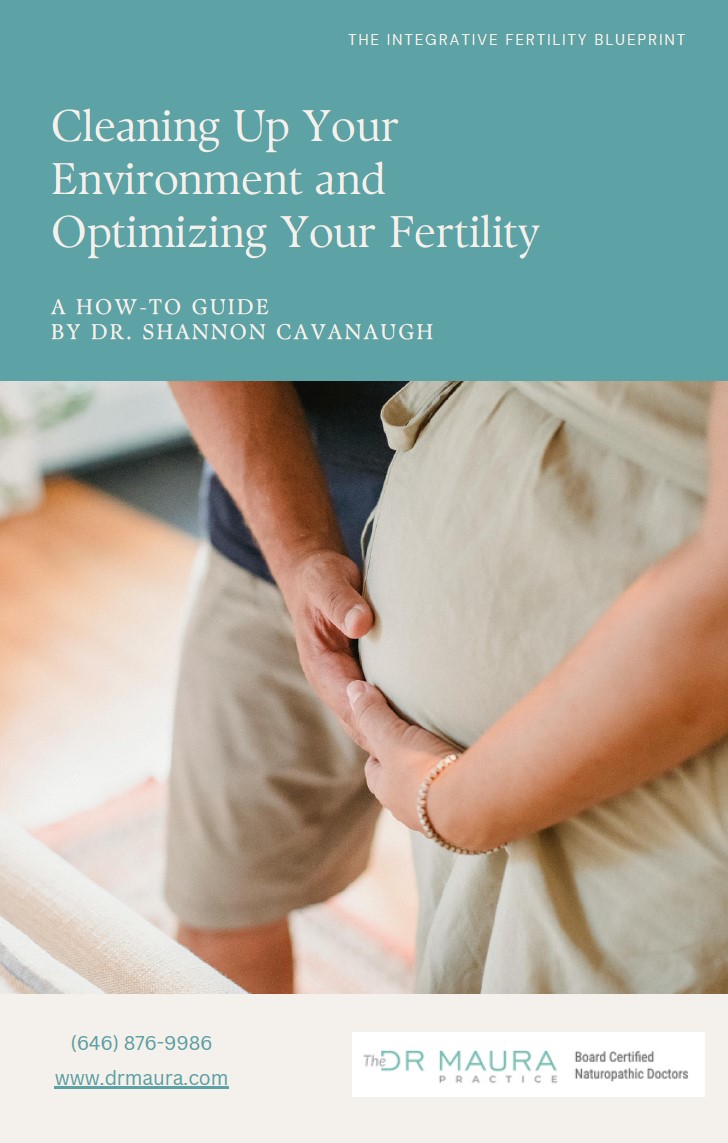(646) 760-6627
How To Deal With Die-off
If you have ever started treatment for a chronic infection or gut imbalance and suddenly felt worse before you felt better, you are not alone. This reaction, often called die-off or the Herxheimer reaction, is something we see frequently in our practice.
Die-off happens when harmful microbes such as yeast, bacteria, or parasites are killed. As they break down, they release endotoxins into your system. While this is a sign that the treatment is working, those toxins can temporarily overwhelm your body and trigger uncomfortable detox symptoms.
What Die-Off Feels Like
Symptoms of die-off can vary from person to person, but some of the most common include:
- Fatigue or brain fog
- Headaches
- Bloating, cramping, constipation, or loose stool
- Joint pain or muscle aches
- Fever, chills, or rashes
For some people, symptoms last only a few days. For others, they may persist longer depending on the infection, the treatment, and how efficiently the body can clear toxins.
Why It Happens
Your liver plays a central role in detoxification. It packages toxins into bile, which ideally carries them through your intestines and out of the body in stool. If your gut is sluggish, permeable, or not moving properly, those toxins can be reabsorbed into the bloodstream instead of being eliminated.
This recycling effect creates extra inflammation and stress on your liver, gut, and immune system. That is why motility, hydration, and liver support are so important during antimicrobial treatment.
Preventing and Reducing Die-Off Reactions
While it is impossible to predict who will experience die-off, there are several ways to lessen its severity and keep your body supported:
- Go slow: Starting treatments gradually reduces the risk of overwhelming your system.
- Support your liver: If you struggle with caffeine or alcohol, it may be a sign your liver needs extra support before starting antimicrobials.
- Keep detox pathways open: Make sure you are having daily bowel movements and staying hydrated with electrolytes.
- Lifestyle support: Gentle exercise, sauna, and rest can help your body process toxins more effectively.
- Use binders wisely: Substances like activated charcoal, humic and fulvic acids, or natural fibers (psyllium husk, flaxseed) can help capture toxins in the gut so they leave the body instead of recirculating
To learn more about this, see our guide on binders and how they work.
How Long Does Die-Off Last?
In most cases, die-off reactions last a few days to a week. Sometimes they may extend up to two weeks, depending on how your body responds. We prefer not to see patients struggling longer than a week, since treatment should support healing without disrupting daily life.
If symptoms are becoming too intense or lasting longer than expected, it is always best to reach out to your doctor. Sometimes the dosing needs to be adjusted, or additional supportive measures should be put in place.
Listening to Your Body
The important thing to remember is that die-off is not a failure, nor does it mean your treatment is harming you. It is simply a sign that toxins are being mobilized. With the right pacing, liver support, hydration, and binders, your body can move through this stage safely and steadily. You can also explore more about the role of binders in toxin elimination for deeper insight.
At Flora Naturopathics, our role is to help you understand what your body is telling you and to adjust your plan so you can continue healing without putting life on pause.

